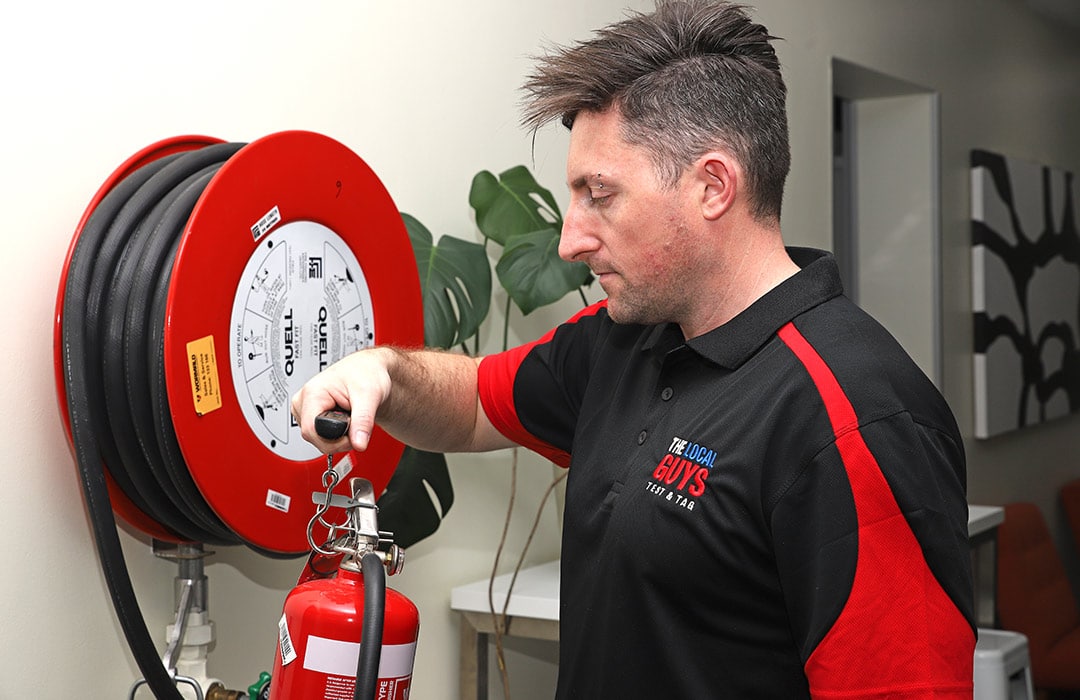Fire extinguishers are a normal view in any building in any nation. Nonetheless, few people understand specifically just how to use it. Even the different types of fire extinguishers and the different objectives for use are understood by extremely few individuals. Other types of disasters can occur in a structure, out of which a fire break out is one of the most usual ones. Therefore, we must know a minimum of some standard realities regarding an appliance so typically seen around us.
So exactly what is a fire extinguisher?
It is a device utilized to regulate small fires that don’t truly rise to the ceiling and have gone out of control. It is usually a cylindrical vessel that contains an extinguishing representative that is by hand discharged at the time of the fire. It is normally suggested to clear escape paths throughout the fire.
What is the story behind a fire extinguisher?
As we see it, a fire extinguisher currently came after a long evolution from its most ancient form that Ambrose Godfrey made in the first half of the 18th century, which was not portable but put in a room. The ancestor of the extinguisher, as we see now, was created, which he called after that “extinction.” This extinguisher was a mobile container full of potassium carbonate remedy and pressed the gas. As years took place, there were various kinds of various other extinguishers like soda-acid fire extinguishers, chemical foam fire extinguishers, carbon tetrachloride extinguishers, and also finally, the modern-day extinguisher that we locate around us now.
How do we choose an extinguisher?
Fire extinguishers are picked based on the type of fire. Thus, we find Class A, B, C, D, and F. Fire is generally split right into various classes based on its resource and strength. Here are a couple of details on each:
- Course A – Course A fire extinguishers are for extinguishing fire caught on common products like cardboard, timber, paper, etc. There is a numerical worth on these extinguishers that suggests how much liquid it holds and how much fire it can snuff out.
- Class B – Course B is the fire brought on by oil, oil, kerosene, and so on. On these extinguishers, the number stands for the area of fire space it can extinguish.
- Course C – These extinguishers control fire brought on by electric appliances, circuitries, and circuit breakers. These do not have any numbers connected to them.
- Class D – This is for fire triggered by combustible compounds like salt, potassium, magnesium, and so on. This is primarily made use of in chemical labs.
- Course F – This is for fire triggered by cooking oil as well as deep far fryers generally used in cooking areas of dining establishments and food production factories.
Where do you position a fire extinguisher?
Fire extinguishers are typically placed according to what sort of fire may take place in a location, as well as exactly how quickly it can trigger damage. As an example, when it comes to Class A sort of fire, the
extinguisher is placed as if an individual shouldn’t move greater than 75 feet away to get the extinguisher. It is positioned not greater than 50 feet away from Course B.
How do you preserve a fire extinguisher?
- There are different aspects to maintaining an extinguisher.
- First of all, it needs to be evaluated and tested by qualified Test and Tag Melbourne at the time of avail.
- It has to be guaranteed that the extinguisher is put at the called for distance always.
- Refillable chemical extinguishers need to be cleared and filled up every six years.
- The screening procedure ought to be done monthly.
- Harmed extinguishers have to be changed right away.
More than anything else, everybody in the building ought to have checked out the instructions supplied by the extinguisher.
Extinguishers were formerly made use of only in industrial structures and also apartments. However, now they are seen in specific residences as well. It is recommended to be utilized in houses as a fire outbreak is possible.

